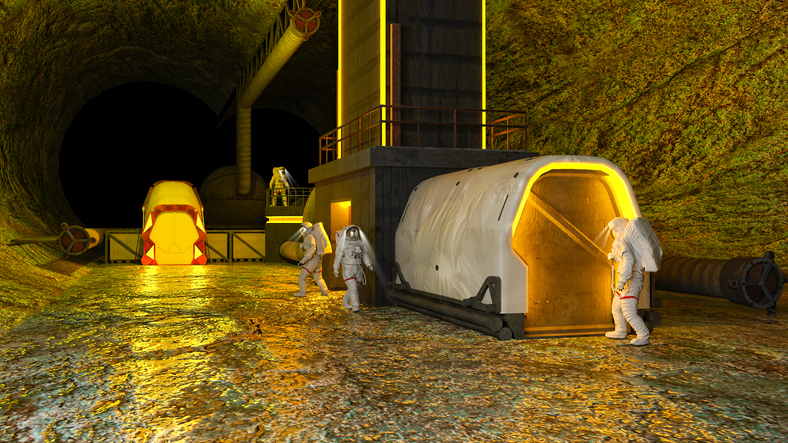No one wants to think about an “after Earth” scenario, but the truth is that some high-up people in government and science actually are – and if the situation arises, anyone who is left will certainly thank them for it.
Creating a seed vault on the moon would be considerably more challenging and complex than the one that was built and housed in Svalbard, but that’s just what University of Arizona scientist Jekan Thanga is proposing.
Image Credit: iStock
He is the founder of SpaceTREx Lab and recently talked with Popular Mechanics about the library of genetic material he’d like to see buried on the moon.
“As a human civilization, we’re in a fragile state. We’re not really that rigid or able to face all kinds of adversities, and Earth’s ecosystem is also very fragile.”
For the past 2 years, he and his team have been developing a plan to select and cryogenically freeze cells from 6.7 million species, to allow reproduction and re-population after a cataclysmic event.
They’ve been considering where to place this genetic ark for even longer than that, studying the moon’s extensive network of over 200 lava tubes just beneath its rocky surface.
Image Credit: Public Domain
While Thanga doesn’t advocate for human colonization of the moon (he says Mars is better), he has outlined some pretty complex plans for building a vast archive of human, plant, and animal genetic material–accessible by elevator to robots and astronauts whenever they might need it.
It would be powered by a solar panel farm, and because the temperature would have to be kept far colder than the almost mild temperatures inside the moon tunnels.
His design calls for modular batteries that will attach to the cryo preservation modules to keep the lights on and maintain the right temperatures for the samples.
Image Credit: iStock
That is an incredible amount of work to pull off in a short amount of time, but Dr. Thanga sounds confident that with the right funding, it could be possible within 30 years. That said, it would take approximately 250 rocket launches to carry 50 specimens each of the 6.7 million species his team wants to preserve on the lunar ark.
To put that into context, it took 40 launches to build out the International Space Station.
Thanga and his team have also been working on new technology to help with the problem of space junk, so maybe once the project to preserve all the species is off and running they can plan a way to save us from the asteroid too.
Image Credit: iStock
What do you think? Will they some day make a movie about the intrepid astronaut trainee and her snarky sidekick who braved the tunnels of the moon to restart all of life as we know it?
I’m guessing yes – but hopefully it won’t yet be based on actual events.
